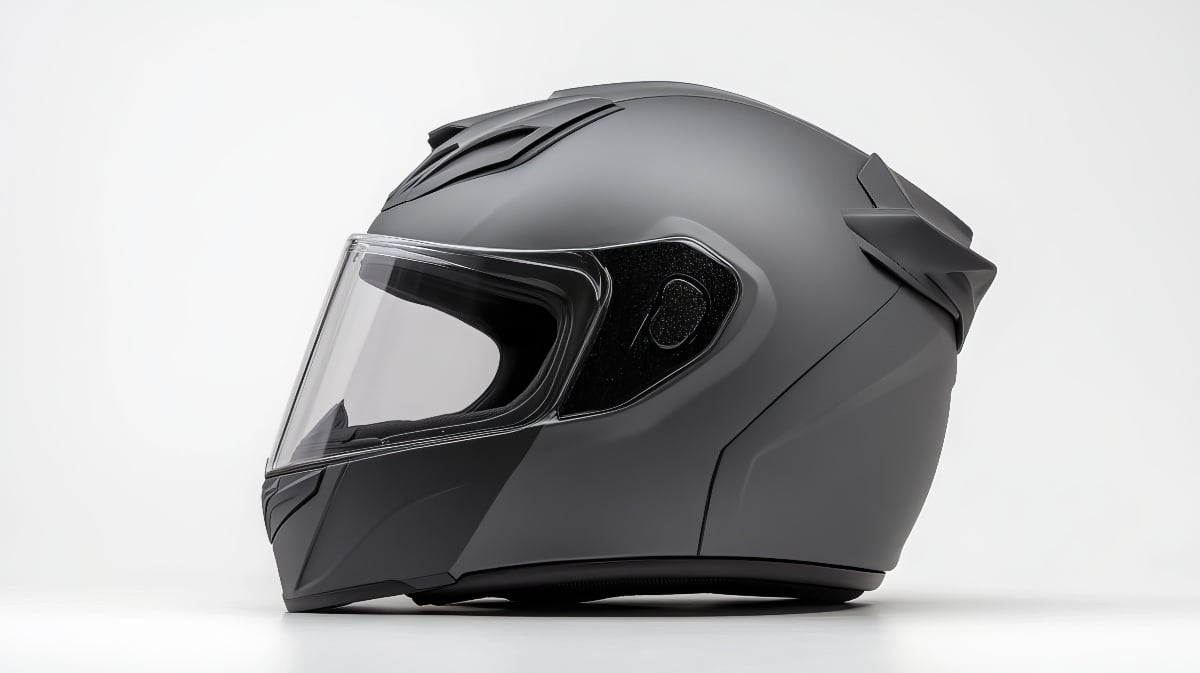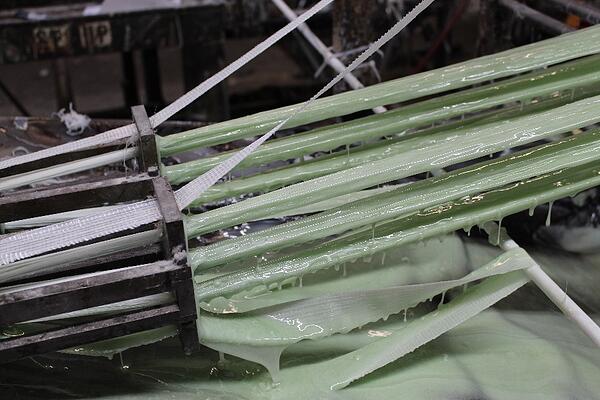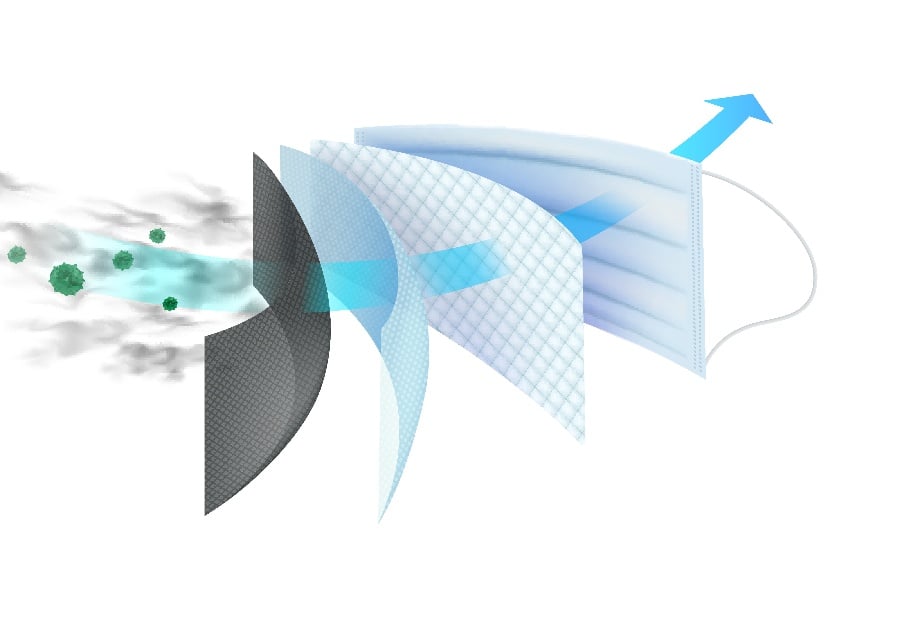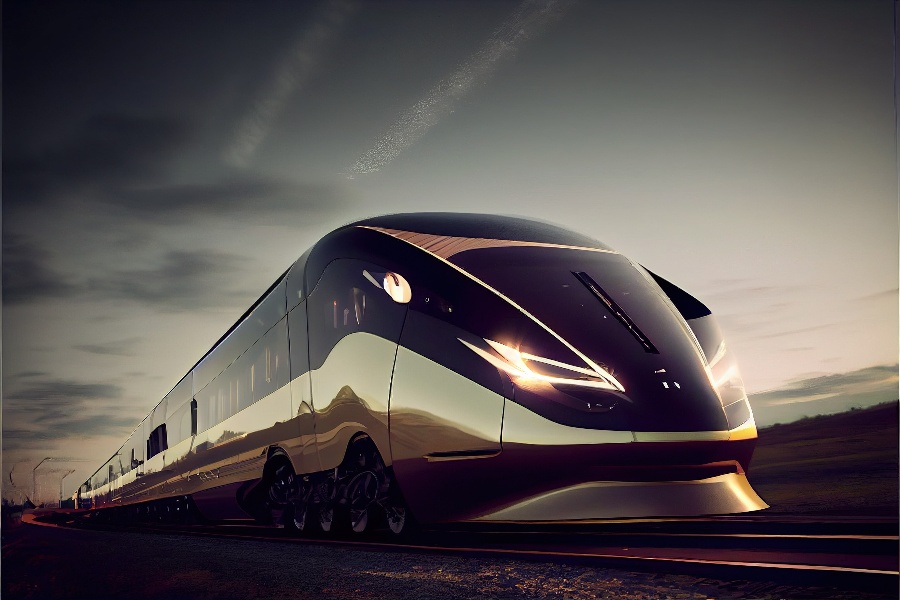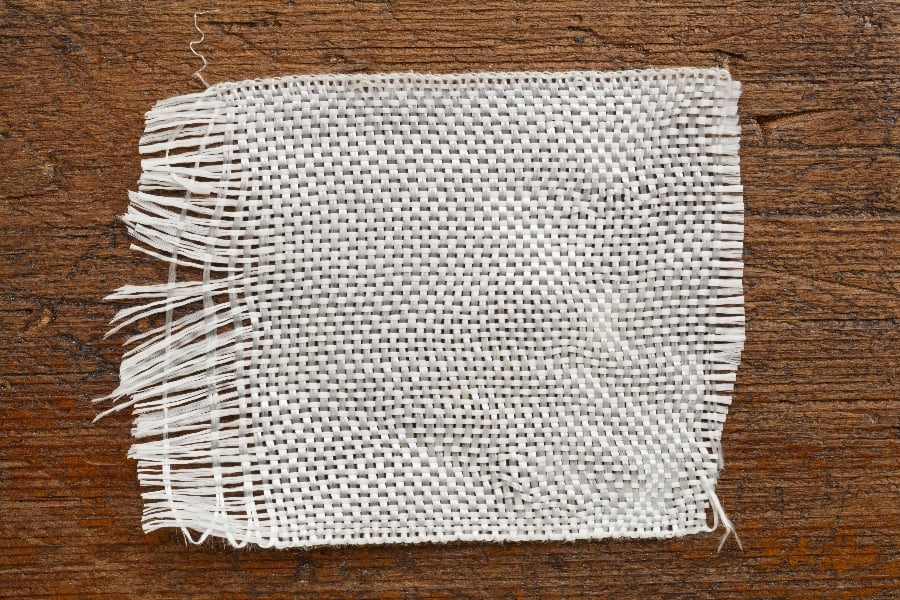
Helmets play a vital role in protecting the head across many industries, sports, and activities. From construction sites to cycling tracks, helmets are a crucial piece of protective equipment that can prevent traumatic brain injuries and even save lives.
Helmets work by managing the physics of an impact to reduce the forces transmitted to the skull and brain. When the human head experiences a sudden deceleration, the brain continues moving and collides with the interior of the skull. This can lead to bruising of brain tissue, bleeding, and other severe trauma. Helmets act as a cushioning layer and shock absorber, attenuating the acceleration/deceleration cycle and dissipating impact energy over a longer duration to mitigate injury.
The design of an effective helmet is highly complex, however. No helmet can prevent all head injuries, and many factors affect their shock absorption capacity—the mass and speed of impact, the angle, location, as well as the helmet's stability on the head. Striking the right balance between impact protection, ergonomics, weight, ventilation, and cost is also a persistent challenge in helmet engineering across various fields.
This article will analyze the critical design elements and material technologies that allow helmets to optimize this balance.
Helmet Design Principles
The core purpose of a helmet is to protect against traumatic head injuries by absorbing and dissipating impact energy. Advanced knowledge of impact mechanics, anatomy, and injury biomechanics is key to effective helmet design.
Helmets mitigate impact forces through a layered architecture consisting of an outer shell, an inner liner, and a retention system. The rigid outer shell distributes force over a larger surface area. The inner liner serves as the main shock absorber, compressing to manage energy spikes during rapid deceleration. Inner padding enhances fit and comfort. The retention system ensures optimal helmet positioning and stability on the head.
Complex computational models enable designers to simulate impacts and optimize the shape, thickness, ventilation, and materials used in the helmet. The specific needs of sports, cycling, construction sites, and other applications dictate additional considerations—visibility needs, integration with other protective gear, durability demands, and ergonomic factors that influence weight, center of gravity, airflow, and user fatigue. Carefully tailored designs target the injury risks and use the environments and regulations of each field.
Effective helmet design is thus founded on the meticulous application of impact physics and injury prevention principles to meet the priorities of diverse clients and applications. Advances in high-performance materials and manufacturing techniques further allow designers to balance impact attenuation with the comfort and usability required for user adoption across industries.
Material Properties and Selection
The materials used in helmet construction play a crucial role in managing impact energy. Key material attributes include strength, stiffness, toughness, and energy absorption. Strength resists deformation; stiffness provides rigidity; toughness allows the material to undergo plastic deformation without fracturing to dissipate energy.
Most helmets today use advanced composites and polymers for optimized performance. The outer shell typically combines tough but stiff materials like carbon fiber or polycarbonate to distribute impact force. Inner padding and liners tend to use softer, energy-absorbing foams and polymers like expanded polypropylene or vinyl nitrile. Some multi-impact helmets feature dual-density foams.
Engineers balance trade-offs between stiffness and flexibility to fine-tune impact energy management. Hard shells better resist penetration but transmit more force to the head. Liners that are too soft compact fully under high impacts instead of progressively compressing to absorb energy. Multi-material composites aim for superior structural and damping properties compared to any single material.
Ongoing materials research targets lighter yet stronger options. Emerging material technologies include advanced aerogels, meta-materials, and lattice structures optimized for impact absorption. Tailored composite designs also better account for variable impact speeds, directions, and locations—yielding the next generation of high-performance protective headgear.
The Potential of Fiberglass-Reinforced Plastic Composites
Fiberglass-reinforced plastic (FRP) composites present an intriguing material option for next-generation helmets. Also known as glass-reinforced plastic, FRP combines glass fibers embedded in a polymer resin matrix. It offers an exceptional balance of high strength and stiffness, low weight, and energy absorption capacity.
The reinforcing glass fibers provide strength and rigidity to resist fracture. The resin plastic matrix protects the fibers from damage and determines the compressive properties ideal for shock absorption. FRP composites demonstrate superior toughness in dissipating impact energy through controlled failure modes like cracking, buckling, and delaminating.
These qualities make FRP suitable for shells and liners in highly protective helmets. FRP shells offer strength on par with metals at nearly half the density, greatly reducing weight-related user fatigue. The material’s high damage tolerance also extends helmet's lifespan across repeated impacts. As emerging FRP variants enhance durability, designers can leverage these composites to optimize energy attenuation tailored to diverse applications—from highly repeated lower-intensity impacts in sports protection to severe singular collisions for construction and motorbike helmets.
The economic production and assembly of FRP also unlock cost-effective helmets. Ongoing research to improve the ductility, damping, and fracture characteristics of these composites could further boost safety margins and enable FRP adoption across price-sensitive protective gear markets in the future.

